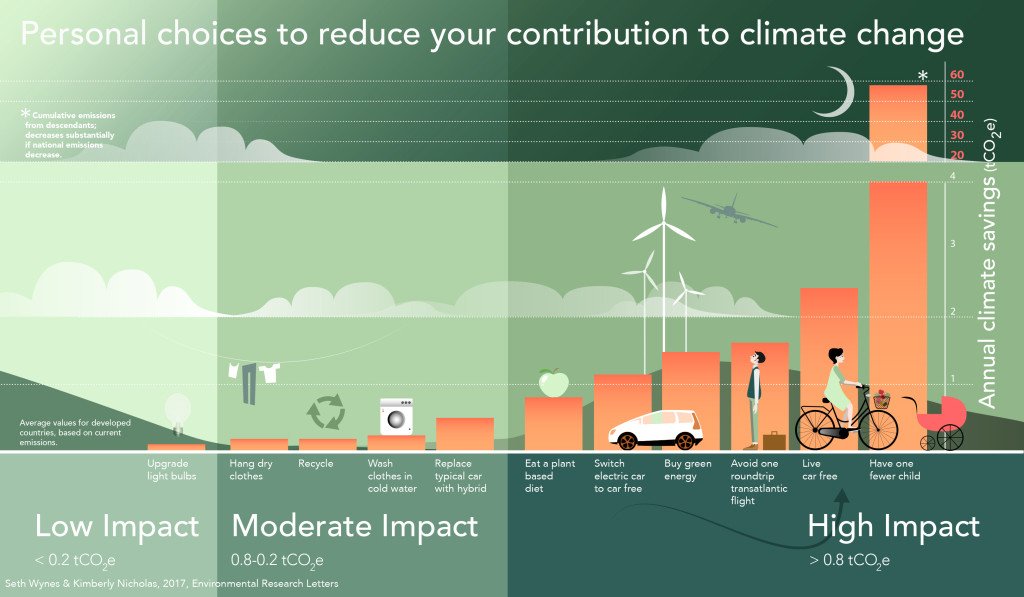Women in Impact: The Intersection of ESG and Refi 2022
SustainHK joined forces with Carbonbase, ImpactNFT Alliance, CREDProtocol.io, Impact Circles, and Femalentrepreneurs Worldwide to cohost “Women in Impact: Intersection of ESG and Refi” at ClubDAO HK on September 22, 2022.
The hybrid event featured Kelly Lovell, CEO and Founder of Bridging the Gap Ventures, who spoke about the impact of youth and communities in driving UNSDG’s goals and impact. She shared with us her insights in starting YOUNGA, the largest global festival for impact, which unites young people with decision makers to co-create solutions, as well as the journey that made them the official partner of the United Nations Decade of Action from 2020 to 2030.
Sophiya Chiang, lead of SustainHK, joined a panel of other women leaders to discuss how everyone can contribute to making Hong Kong carbon-neutral. The panel included Inès Gafsi, Co-Founder of Female Entrepreneurs Worldwide, Maria Blanca, COO at Carbonbase, and moderated by Queenie Mo, who is on the steering committee of the World Climate Tech Summit. All the participants to the event also got to support one of the impact projects listed and offset up to a month of their personal carbon footprint.
During the fruitful panel discussion, we learned that the average carbon footprint for a person is around 4 tonnes of GHG emissions annually, with the average Hong Konger emitting around 8 tonnes of CO2 per year! In order to avoid global temperatures rising over 2˚c, the average global carbon footprint per year must drop to under 2 tonnes by 2050 — and the only way to achieve this would be through collective community efforts.
Personal carbon footprint is calculated by considering all of the actions and activities undertaken in our life. It’s comprised of choices we make regarding our lifestyle, for example the food we eat, the modes of transport we take, and how often we do so, the clothes we wear, the house we live in, and so on. It can also include the waste we generate, if we recycle or throw it all in landfill. There can be so many factors incorporated and this is where the complication comes in. For each activity, one or many calculations needs to be made to understand the carbon emissions associated with it. For example, driving to work. This can be as simple as what type of fuel is used and the distance travelled. This can then be converted into a carbon dioxide equivalent, which incorporates all the relevant GHGs, in a mass unit of kg. How we calculate the CO2e, however, is just actually a fairly simple multiplication by a carbon emission factor. There actually exists many free online calculators to do the hard work for you.
There are also a lot of different formulas to calculating carbon footprint because there are many different forms of energy consumption and emission generation. It’s a very scientific study on how materials are made, used and decompose in the atmosphere to understand what emissions are created and given off at each stage in a products life.
There are databases of emissions factors, such as the GHG Protocol which contains general data, and many industry specific tables, such as those produced by the International Maritime Organisation. These emission factors have all come from many detailed published scientific studies.
There is a well known saying in the carbon management world of “you can’t monitor what you don’t measure” and what this means is that data is the key. Without data we can not have measurements, without measurements there’s nothing to monitor, no targets set to work towards, nothing to report, and ultimately no action. And action is what we all must be doing, so we must enhance our data.
For corporations, there is more regulation and guidelines around carbon calculation and footprinting. All of this information is publicly available to enable all corporations to get onboard, whether they adhere to mandatory reporting, or they are doing so voluntarily for the good of the planet.
More and more companies are trying to break down the information to be as easy as possible for those without background knowledge in sustainability and carbon management. Ultimately that is what we, as a planet, need, to get as many corporations on board with measuring, monitoring and reducing their carbon emissions. Some great resources available include the GHG Protocol and ISO 14060 group of standards.
However, calculating a carbon footprint of an entire organisations activities is a big undertaking since it requires so much data and understanding of operations throughout the value chain. To help with this, emissions have been broken down into three different categories. These are Scopes 1, 2 and 3.
Scope 1 covers direct emissions from owned or controlled sources.
Scope 2 covers indirect emissions from the generation of purchased electricity, steam, heating and cooling consumed by the reporting company.
Scope 3 includes all other indirect emissions that occur in a company’s value chain.
Scopes 1 and 2 are the easiest to measure, monitor and reduce, however for many companies, the majority of their GHG emissions and cost reduction opportunities lie outside their own operations, and within Scope 3.
There are expert consultants who can help break down this huge task into step by step actions, to collate the required raw consumption data and operational information needed. The consultants will then ensure that they use the most relevant and up-to-date emission factors to turn the consumption data into emissions, and publish a report detailing the whole calculation process and results.



